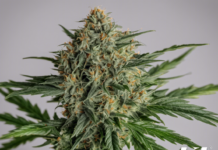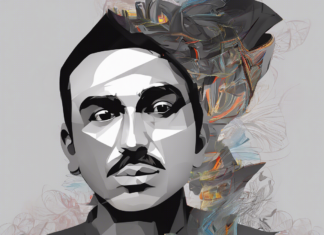Introduction
Walking down a narrow lane, stumbling from one side to the other, a drunkard’s journey is often fraught with obstacles and challenges. The world of addiction is a complex and dark place, where individuals find themselves trapped in a cycle of self-destruction and despair. In this article, we will delve into the intricate web of alcoholism, discussing its causes, effects, and treatment options. From exploring the psychological mechanisms at play to understanding the physical toll it takes on the body, we will shine a light on this pervasive issue that affects millions of people worldwide.
The Vicious Cycle of Addiction
Causes of Alcoholism
Alcoholism is a multifaceted disorder with a variety of factors contributing to its development. Genetics play a significant role, with research suggesting that individuals with a family history of alcoholism are more prone to developing the disorder themselves. Biological factors, such as imbalances in brain chemistry, can also contribute to addictive behaviors.
Psychological Mechanisms
Many individuals turn to alcohol as a way to cope with underlying psychological issues such as anxiety, depression, trauma, or stress. The temporary relief provided by alcohol can be alluring, leading to a cycle of dependence and addiction. Over time, the brain’s reward system becomes hijacked, leading to cravings and a loss of control over alcohol consumption.
Physical Effects of Alcoholism
The toll of alcoholism on the body is profound, affecting virtually every organ system. Liver cirrhosis, pancreatitis, cardiovascular disease, and neurological disorders are just a few of the potential consequences of chronic alcohol abuse. In addition, alcoholism increases the risk of certain cancers, further highlighting the detrimental impact of this disorder on physical health.
Treatment Options
Detoxification
The first step in treating alcoholism is often detoxification, where the body rids itself of alcohol. This process can be dangerous and should be done under medical supervision to manage potentially severe withdrawal symptoms. Medications may be used to ease withdrawal and reduce cravings.
Therapy and Counseling
Therapy and counseling play a crucial role in treating alcoholism by addressing the underlying psychological issues driving the addiction. Cognitive-behavioral therapy (CBT), motivational interviewing, and family therapy are just a few of the approaches that can be effective in helping individuals overcome alcoholism.
Support Groups
Support groups such as Alcoholics Anonymous (AA) provide a valuable source of peer support and accountability for individuals in recovery. These groups offer a safe space for individuals to share their experiences, fears, and successes, creating a sense of community and belonging that is essential for long-term sobriety.
Medication-Assisted Treatment
For some individuals, medication-assisted treatment may be a viable option to help manage cravings and prevent relapse. Medications such as naltrexone, acamprosate, and disulfiram can be prescribed in conjunction with therapy to support recovery efforts.
The Road to Recovery
Recovering from alcoholism is a challenging and ongoing process that requires commitment, support, and perseverance. It is important for individuals in recovery to prioritize self-care, maintain healthy habits, and cultivate a strong support network to navigate the ups and downs of sobriety. With the right treatment and support, it is possible for individuals to break free from the grip of alcoholism and rebuild their lives.
Frequently Asked Questions (FAQs)
-
Q: Is alcoholism a choice or a disease?
A: Alcoholism is considered a disease characterized by a complex interplay of genetic, biological, and environmental factors. While initial alcohol consumption may be a choice, the development of addiction is often beyond the individual’s control. -
Q: Can alcoholism be cured?
A: While there is no definitive cure for alcoholism, it can be effectively managed through treatment, therapy, and support. Many individuals are able to achieve long-term sobriety and lead fulfilling lives in recovery. -
Q: How do I know if I have a drinking problem?
A: Signs of a drinking problem include drinking in larger amounts or for longer periods than intended, experiencing cravings for alcohol, neglecting responsibilities due to drinking, and continuing to drink despite negative consequences. -
Q: What should I do if a loved one is struggling with alcoholism?
A: If a loved one is struggling with alcoholism, it is important to approach the situation with compassion and understanding. Encourage them to seek help, offer support in finding treatment options, and avoid enabling their destructive behaviors. -
Q: Can I recover from alcoholism without professional help?
A: While some individuals may be able to achieve sobriety on their own, professional help significantly increases the likelihood of successful recovery. Therapy, support groups, and medication-assisted treatment can provide valuable tools and resources for overcoming alcoholism.









